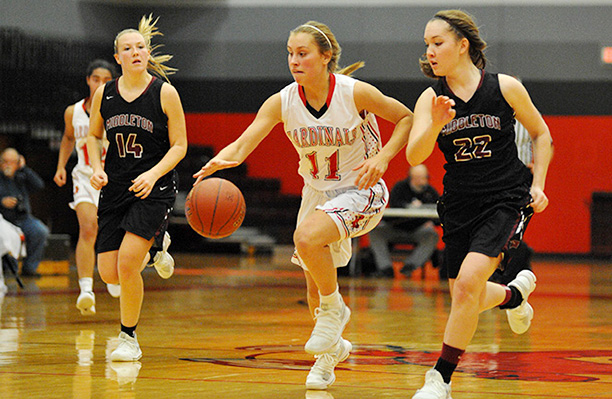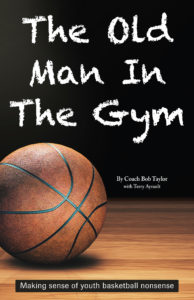Tom Izzo: Today’s athletes don’t fight through adversity
 The growing trend has irked a lot of people in college basketball, and Michigan State men’s basketball coach Tom Izzo is among them. While appearing on “The Drive With Jack Ebling” last month, Izzo was asked about the biggest challenge in coaching today.
The growing trend has irked a lot of people in college basketball, and Michigan State men’s basketball coach Tom Izzo is among them. While appearing on “The Drive With Jack Ebling” last month, Izzo was asked about the biggest challenge in coaching today.
“The profession has changed. Twenty years ago, it changed with talk radio, but talk radio didn’t even put a dent when you compare it to what social media and the internet has done. That’s changed everybody. We’re up to over 700 (basketball) players transferring already, and I heard we’re going to go over 800.
“We’re creating a system that we’re never teaching a kid how to fight through (tough times). There’s a lot of kids who should transfer for the right reasons. But 3/4 of the kids are transferring because they didn’t get enough shots, didn’t get enough ball, didn’t do this or that. We’re helping create a society of, when the going gets tough, you bolt and leave.”
A decade ago, transfers numbered around 200 in a single year, and that’s nearly quadrupled today. Izzo’s not wrong, and student-athletes are certainly more inclined to transfer if things don’t go their way, but nobody has come up with a solution.
NCAA President Mark Emmert recently called student-athlete transfers one of the biggest issues in college football and basketball but said “it’s really hard to figure out the right way to resolve this issue.”
Izzo acknowledged that part of the problem is turnover with coaches, which can encourage athletes to seek a transfer. He placed the blame on athletic directors.
“I’m fortunate I’ve got as good of a president and AD as there is in the world, because there are some bad ADs out there,” Izzo said. “You wonder why players do what they do, when ADs are firing people who aren’t successful in one year. I wonder if Tom Izzo would still be here today going into year three back (when I missed the tournament in my first two years).
“I know Mike Krzyzewski wouldn’t have been. I know Dean Smith wouldn’t have been, according to all the people I talk to. We wonder why kids are feeling that way? It’s our society that’s creating that. It’s not the kids.”












